Daniel Peter develops an innovative strategy to stand out from the competition.
As early as 1880, he produces his milk chocolate in practical shapes that were easy to use, transport and store. ‘Delta Peter’ (delta - the letter “D” in ancient Greek, a capital triangle) is innovately shaped as an equilateral triangle designed for dilution in a cup. The second type of chocolate named ‘Gala Peter’ (gala means milk in ancient Greek) is intended to be eaten by hand in the form of bars or ‘croquettes’, small circular discs.
In 1895, Daniel Peter registers these two trademarks that will make his fortune.
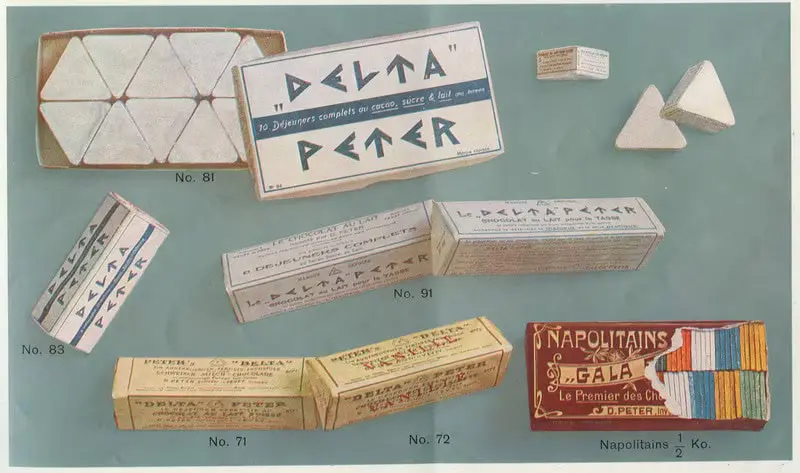
Thanks to ‘the best milk from the Swiss Alps’, Daniel Peter's chocolate wins numerous medals at international exhibitions.
The turn of the 19th and 20th centuries is a period of true prosperity for the Swiss economy and the chocolate industry. This coincided with an era of tourism development in Switzerland. Thousands of wealthy tourists from all over the world could discover and enjoy this specialty. Daniel Peter presents his chocolate as ‘particularly nourishing, easily digestible, ideal for children at breakfast’ and ‘the best for hikers and tourists”. In his advertising, he uses idyllic scenes of cows on green meadows and high mountain peaks to convince the Swiss and the tourists.
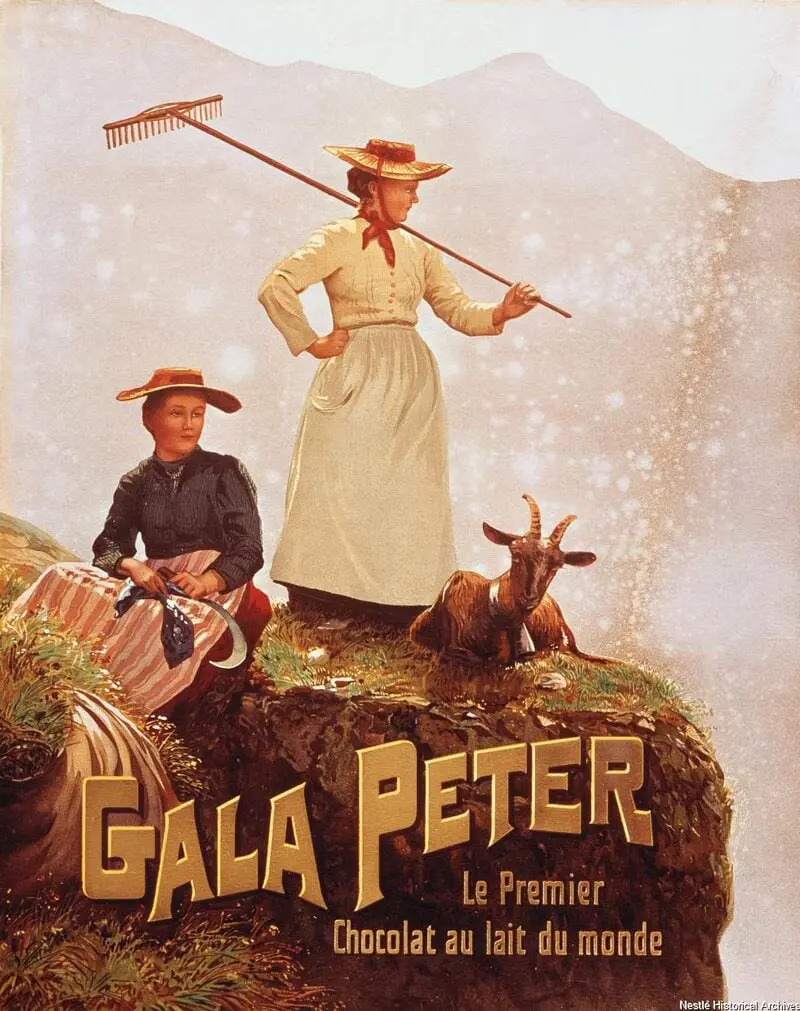
François, Daniel's son (born 1866) is a travelling salesman and representative for his father's company.
After an internship at the Menier chocolate factory in Paris, François still needs to learn German for his new role, so he could travel all over Switzerland. Although he is a talented salesman, his father teaches him the basics of the trade and guides him from a distance. François becomes a confidant of Daniel, with whom he shares his financial worries and business problems.

Daniel's company expanded and won new markets in England, France, Germany and the United States.
Despite his success, Daniel Peter's financial situation remains difficult. The competition in the chocolate sector is still fierce. Other chocolate manufacturers tried to copy Daniel's milk chocolate recipe. After long negotiations, Peter finds a new business partner with the necessary capital to expand the factory.
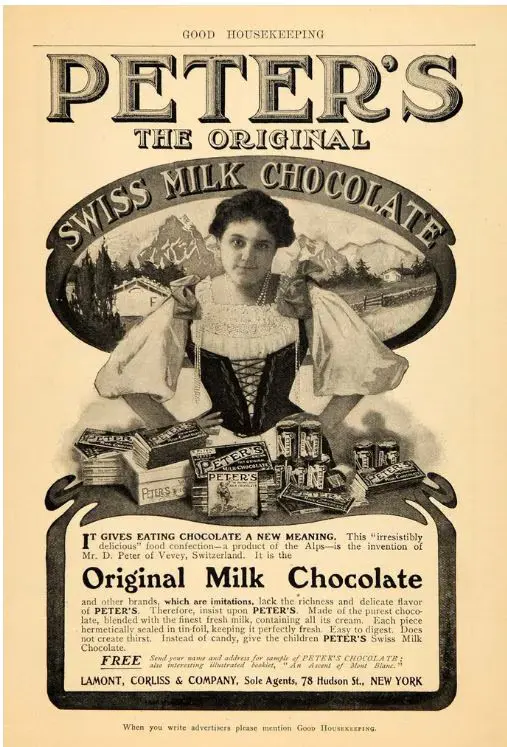
On 2 February 1901, Danier inaugurates its second factory in Orbe and then, in 1904, merged with Kolher to form ‘Scocieté Générale Peter & Kohler’.
Business improved steadily, and production had to be increased. As there was no more space for expansion in Vevey, a new factory was built in Orbe. The new factory offers opportunities, and Daniel becomes friends with Jacques-Jean Kohler, the grandson of Amédée Kohler, another Swiss chocolate pioneer, which subsequently leads to the merger of these two manufacturers.
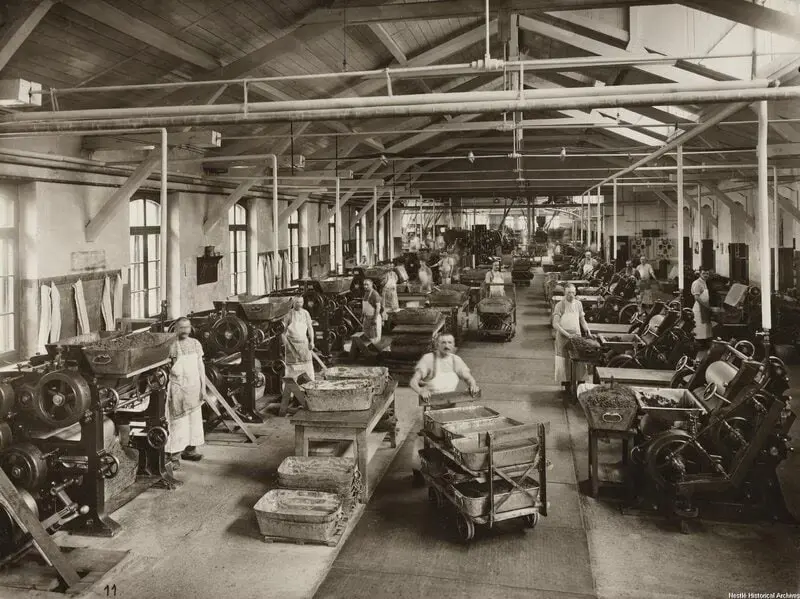
From 1905 Peter and Kohler produce milk chocolate for Nestlé.
The long-standing friendship between Daniel and Nestlé leads to a commercial partnership. The company benefits not only from Nestlé's financial participation, but also from its worldwide export network, which was already in place at the time.
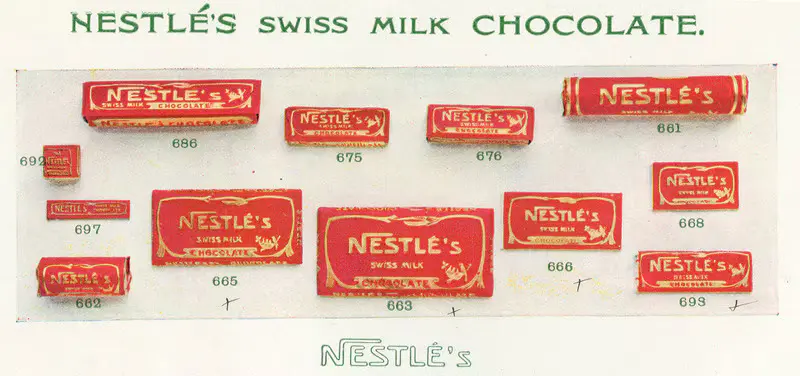
The worldwide success of Swiss chocolate would not exist without the other pioneers of the time.
François-Louis Cailler, 1819, Corsier sur Vevey
Philippe Suchard, 1826, Serrière
Jacques Foulquier, 1826, Genève
Charles-Amédée Kohler, 1830, Lausanne
Rudolf Sprüngli, 1845, Zürich
Aquilino Maestrani, 1852, Luzern
Johann Georg Munz, 1874, Flawil
Rudolphe Lindt, 1879, Berne
Robert und Max Frey, 1887, Aarau
Jean Tobler, 1899, Bern
Villars,1901, Fribourg
Camille Bloch, 1929, Berne & Courtelary




